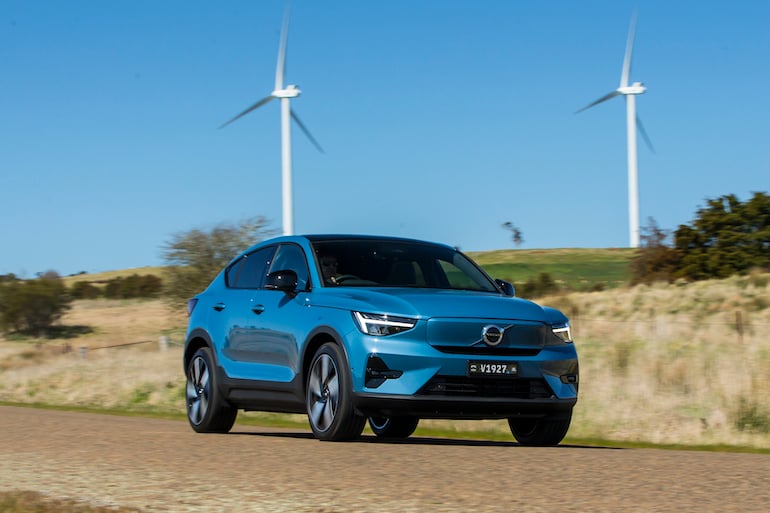New car sales fell in March, down 3.9% on 12 months ago to 97,251, but the shift to electric vehicles is well and truly underway in Australia
The monthly figures from the Federal Chamber of Automotive Industries (FCAI) reveal that battery electric vehicle sales grew by 19.5% on March 2022 figures along with plug-in-hybrid sales increasing by 33.3%.
From less than 2% 12 months ago, EVs now represent nearly 7% of new car sales.
The shift comes as Tesla this week cut the price of its three local Model 3 variants by around $3000. It’s the second time Elon Musk’s car company has cut Australian prices this year, with competition increasing from Chinese producers such as MG and BYD.
The cost of an base Tesla Model 3 is now $60,900, plus on road costs.
FCAI Chief Executive Tony Weber said March was a solid month for new car sales given supply constraint, and the demand for EVs is clear, although the challenge is to meet consumer tastes for utes and SUVs.
“This growth demonstrates that where Australians can afford a battery electric vehicle which suits their lifestyle, they will buy them,” he said.
“The top three best sellers for March 2023 were utes. It is notable that there are no passenger sedans in the 10 top selling vehicles for March. The consumer preference for utes and SUVs is an important factor to consider as we journey to a zero-emission light vehicle fleet because these vehicles are more difficult and expensive to electrify.”
The Passenger Vehicle Market fell by 4,817 vehicle sales (-21.9%) on 12 months ago; the Sports Utility Market is up by 2,633 vehicle sales (5.2%); the Light Commercial Market is down by 2,182 vehicle sales (-9%) and the Heavy Commercial Vehicle Market is up by 384 vehicle sales (9.3%).
Weber said there needs to be more investment in changing options for EV buyers.
“If we want more zero and low emission vehicles on our roads, then we must provide the necessary recharging infrastructure and move to implement an ambitious yet achievable fuel efficiency standard which will encourage manufacturers to allocate more of the limited supply to Australia,” he said.
So far in 2023 sales of vehicles sourced from China have increased 70.7% with 15,124 vehicles sold in March. Japan remains Australia’s largest source of vehicles (25,538). Thailand is our second largest (21,729) and Korea fourth (12,771).
Toyota led the market with a total of 13,223 vehicles sold. Mazda was second (8,243), followed by Ford (6,485), Kia (6,403) and Mitsubishi (5,863).
The Toyota Hi-Lux was the highest selling model with 4,583 sales, followed by Ford’s Ranger 4,508. Isuzu’s D-Max was third with 2,789, followed by Mitsubishi’s Outlander (2,169) and Tesla’s Model Y (1,938).
When it came to EVs, Tesla remains the market leader, but its rivals are making inroads. The Tesla Model 3 was 11th in the overall new car market at 1,640 EVs and the country’s top selling passenger vehicle, but it was outsold by the crossover SUV, Model Y, at 5th overall with 1,938 cars.
BYD’s Atto 3 all-electric SUV had 1,061 sales. The Polestar 2 found 212 buyers. Korean manufacturer Hyundai sold 173 Ioniq 5 and Ioniq 6 cars. BMW shifted 114 iX EVs.




















Trending
Daily startup news and insights, delivered to your inbox.